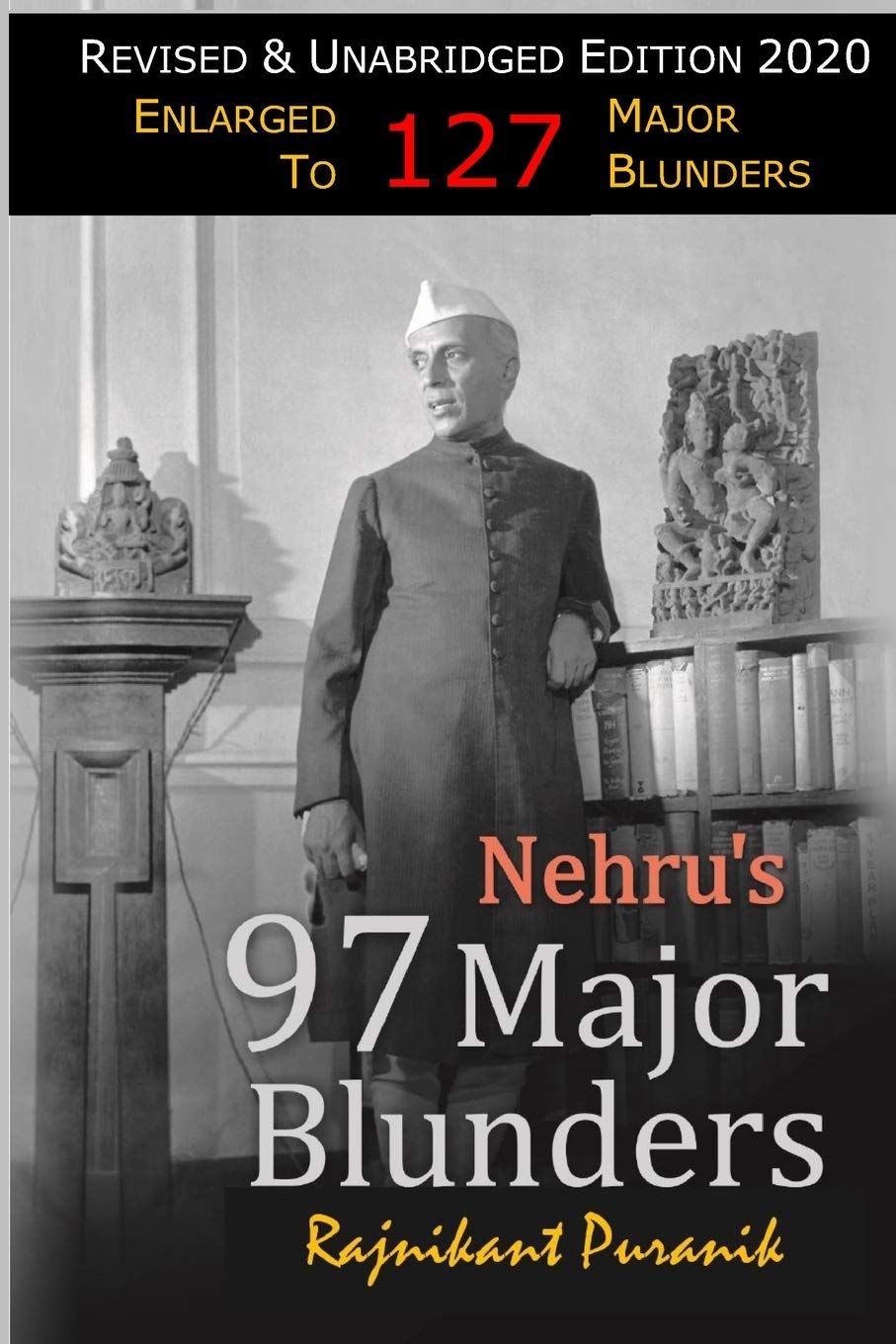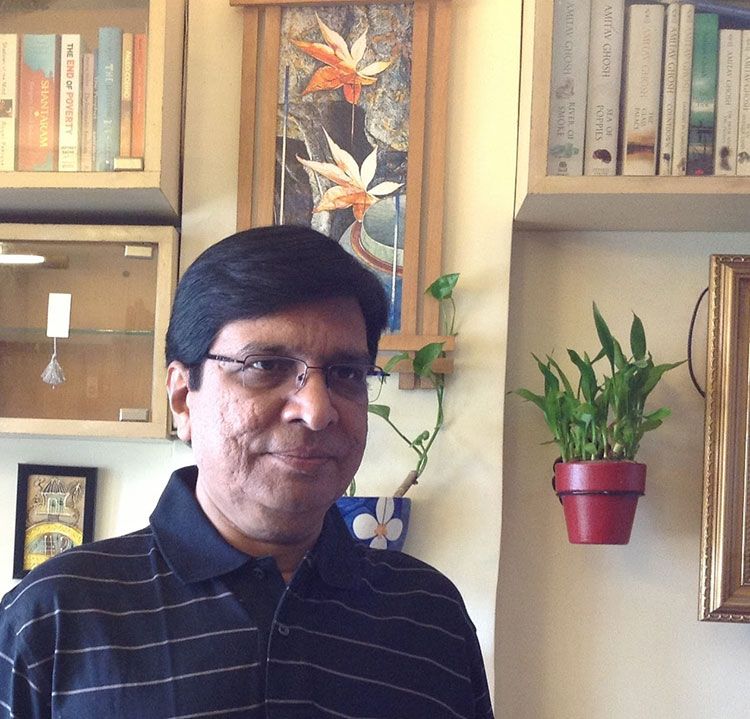Nehru’s 97 Major Blunders - Revised & Enlarged to 127 MAJOR BLUNDERS
Nehru’s 97 Major Blunders - Revised & Enlarged to 127 MAJOR BLUNDERS

Those who do not learn from history are doomed to repeat it.
—George Santayana
But for a series of major blunders by Nehru across the spectrum—it would not be an exaggeration to say that he blundered comprehensively—India would have been on a rapidly ascending path to becoming a shining, prosperous, first-world country by the end of his term, and would surely have become so by early 1980s—provided, of course, Nehru’s dynasty had not followed him to power. Sadly, the Nehru era laid the foundations of India’s poverty and misery, condemning it to be forever a developing, third-rate, third-world country. By chronicling those blunders, this book highlights THE FACTS BEHIND THE FACADE.
This ‘Revised, Enlarged & Unabridged, June-2018 Edition’ of the book comprises (a)123 Major Blunders compared to 97 of the first Digital Edition of July 2016; (b)over twice the matter, and number of words; and (c)exhaustive citations and complete bibliography.
Blunders is used in this book as a general term to also include failures, neglect, wrong policies, bad decisions, despicable and disgraceful acts, usurping undeserved posts, etc.
It is not the intention of this book to be critical of Nehru, but historical facts, that have often been distorted or glossed over or suppressed must be known widely, lest the mistakes be repeated, and so that India has a brighter future.
Specifications
Hits | 690 |
Publisher | Pustak Mahal |
Downloads | 104 |
Pages | 255 pages |
Year | July 27, 2016 |
Author
Author | Rajnikant Puranik |

Rajnikant Puranik has been a physicist, a banker and a software professional. Besides having been a banker, he has headed Information Technology division in three organisations. A number of software products have been developed under his leadership.
He has till date authored two technical (software) books, one novel, and four non-fiction works.
He did his graduation and post-graduation from the Indian Institute of Technology (IIT), Kharagpur. He then joined the Indian Institute of Technology (IIT), Kanpur for Ph.D. in Nuclear Physics, but left after completing the course work to join service. He was a National Science Talent Scholar during college. His professional qualifications include CAIIB (Certified Associate of the Indian Institute of Bankers), and PDGST (Post Graduate Diploma in Software Technology from National Centre for Software Technology (NCST), DoE, GoI, Mumbai).
For details about the author, the books and for sample chapters, please check WWW.RKPBOOKS.COM